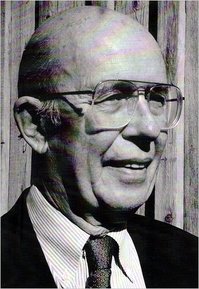 “Shayne Sotelo opposes Arizona’s new immigration law, while her husband, Efrain, supports it.” Source of caption and photo: online version of the NYT article quoted and cited below.
“Shayne Sotelo opposes Arizona’s new immigration law, while her husband, Efrain, supports it.” Source of caption and photo: online version of the NYT article quoted and cited below.
(p. 28) PHOENIX — Arizona’s immigration law, which politicians have debated in the Legislature, lawyers have sparred over in the courtroom and advocates have shouted about on the street, has found its way up a driveway in central Phoenix, through the front door and right onto the Sotelo family’s kitchen table.
. . .
That such a divisive social issue would divide some families is not surprising. But what makes the Sotelos stand out is that they are both Latinos, he a Mexican immigrant who was born in the northern state of Chihuahua and she a descendant of Spanish immigrants who grew up in Colorado.
While polls show that a vast majority of Latinos nationwide side with Mrs. Sotelo in opposing Arizona’s law, that opposition is not uniform. “All Latinos are not opposed to this law — that’s too simplistic,” said Cecilia Menjivar, an Arizona State University sociologist. There are other Mr. Sotelos out there, including an Arizona state legislator, Representative Steve B. Montenegro, a Republican who immigrated from El Salvador and became the only Latino lawmaker to vote in favor of the bill.
. . .
[Mr. Sotelo] thinks his adopted state has been unfairly maligned since the law passed. “I’m a Hispanic, and I don’t have any issues walking the streets,” he said. “They make it seem like the police or sheriff are out there checking everyone’s papers, and that’s not so.”
For the full story, see:
MARC LACEY. “One Family’s Debate Shows Arizona Law Divides Latinos, Too.” The New York Times, First Section (Sun., October 31, 2010): 28.
(Note: ellipses added; bracketed name added to replace “He.”)
(Note: the online version of the article is dated October 30, 2010 and has the title “Arizona Immigration Law Divides Latinos, Too.”)








